
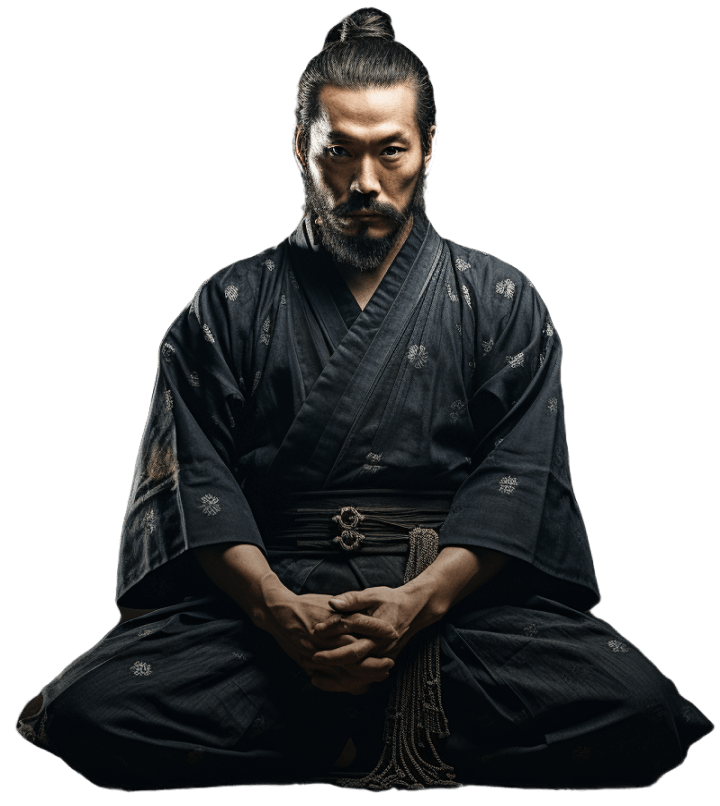
way of the
The name "samurai" comes from the word saberu, which means to "to serve"; in other words, a samurai is a serving warrior.
They were elite warriors, who possessed high martial arts skills. In peacetime, samurai served their masters and were their bodyguards.
The impetus for the development of the samurai as a class came from Emperor Kammu in the late eighth and early ninth centuries, seeking help from regional clans in the struggle against the Ainu.

samurai
The year of samuraism creation
646



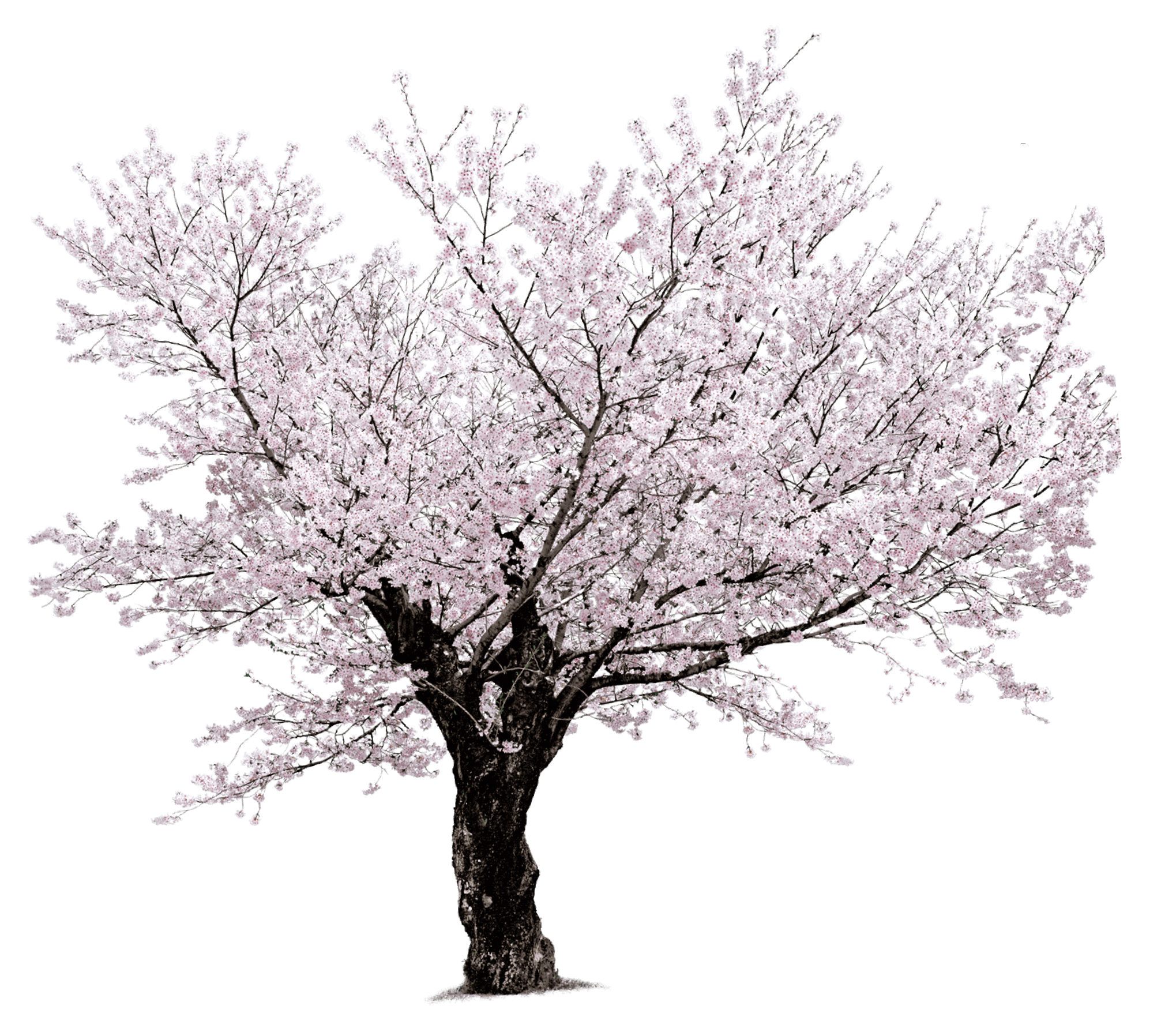

education
Raising future samurai, they tried to instill in them indifference to death, physical pain and fear, the cult of reverence for elders and loyalty to their lord.
The samurai were not only fearless but also highly educated. They practiced poetry, painting and ikebana, mathematics, calligraphy, and tea ceremonies.

Character was developed by reading stories about the exploits of heroes, glorified samurai, watching relevant theater productions.
Sometimes the father gave orders to the future warrior to go alone to the cemetery or to a public execution, to make him bolder.










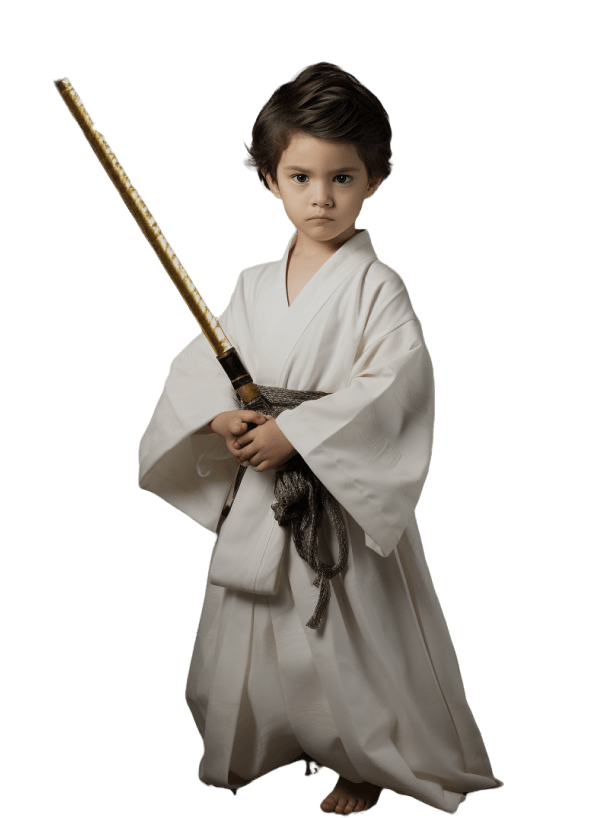





code of honor

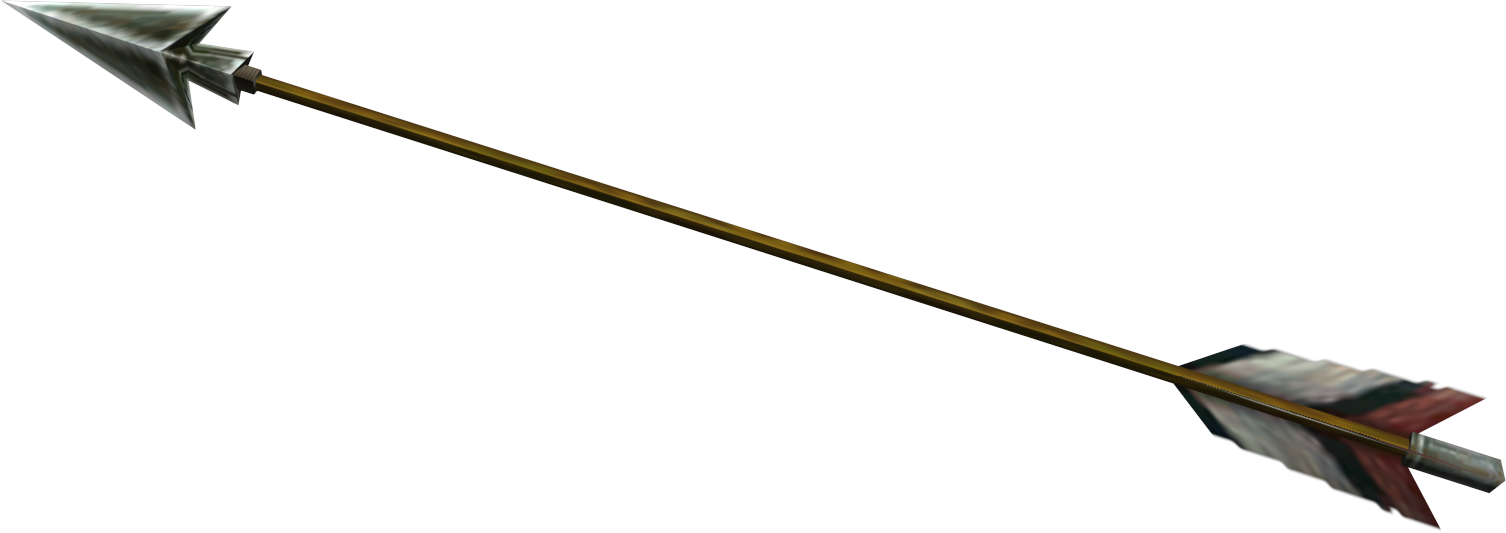

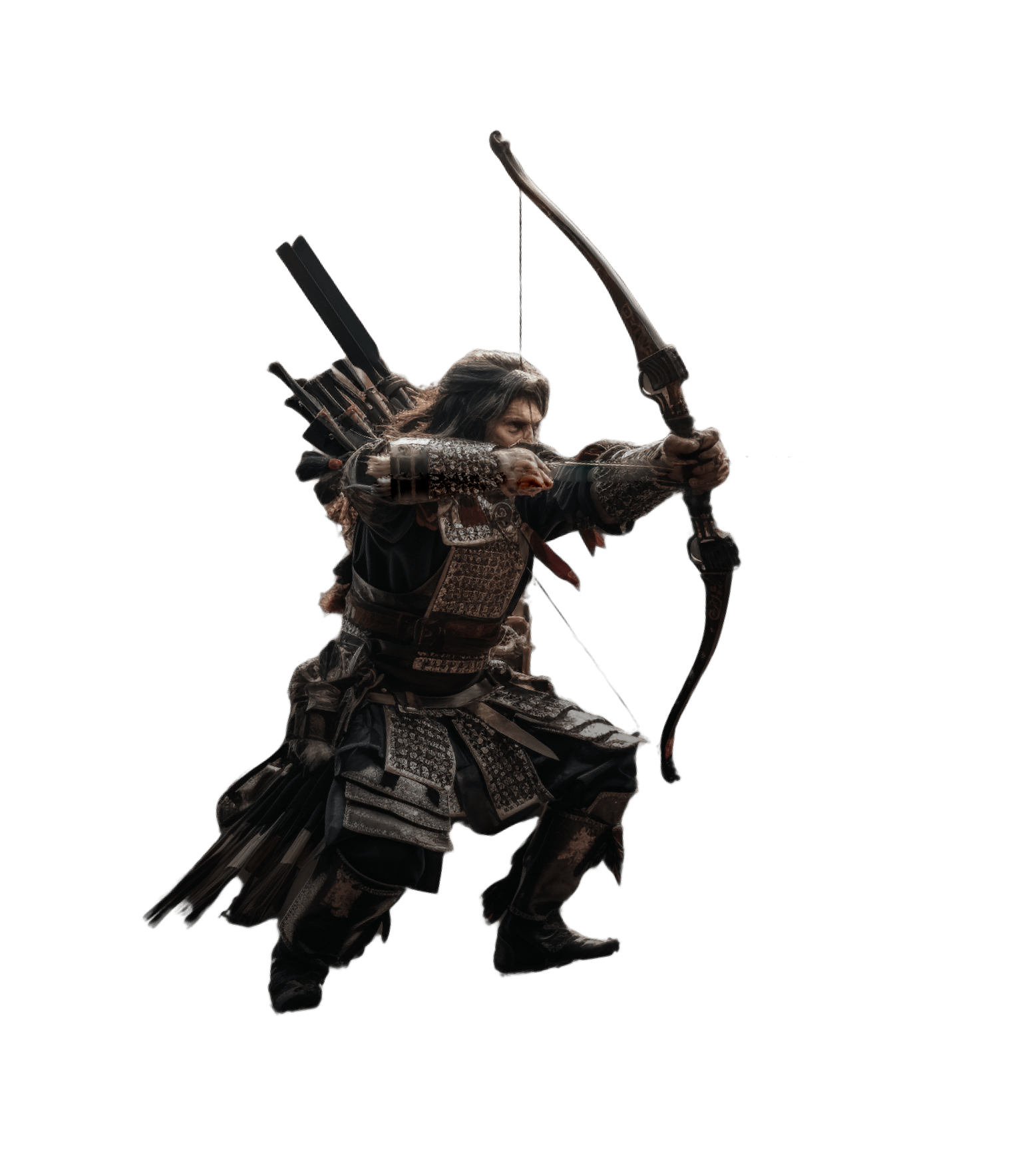








Bushido — is the code of the samurai, a set of rules, recommendations and norms of behavior of a true warrior in society, in the battle and keeping to themselves, military philosophy and morality in feudal Japan.
Bushido, which originally emerged in the form of warrior principles, thanks to the ethical values and respect for the arts included in it, was finally formed in the XVI-XVII centuries already as a code of samurai ethics.
Bushido



of the Code
A samurai must be loyal to his lord and be willing to sacrifice his life for him.
Loyalty and devotion:
Samurai should show respect and honor to their parents, elders, lord and other highly respected persons.
Respect and honor:
A samurai must always be honest and fair and keep promises.
Honesty and fairness:
A samurai must be responsible for his words and actions. He must have high morals and not violate honor.
Responsibility and Honor:
Samurai must be calm and stay focused even in the most difficult situations.
Personal Discipline:
A samurai must constantly improve his skills in battle, cultural development, and mental state.
Self-improvement:
Principles
Interesting
facts
In addition to the helmet, samurai wore masks. They covered the face completely or partially. The masks of noble warriors and commanders were custom-made of leather and metal, varnished and decorated.
However, masks were worn not only for protection, they were supposed to intimidate enemies and give the wearer magical powers, so the face of a demon or mythical creature with a long nose or beak was especially popular.
He married if he needed to for the continuation of his family, but he never allowed himself to become infatuated with his wife. At the same time, homosexual relations were perceived as something ordinary.
Samurai were distinguished from the rest of the Japanese population by their hairstyles. The types of hairstyles were an indicator of the social gradation of the population; any violation of the established rules threatened the offender with punishment.
Samurai gathered their hair into a bundle and tied it into a single knot at the top of the head or two knots at the temples. Later, they began to shave the front of the head and make a hairstyle called sakayaki.
It's a ritual suicide by belly-slitting. The samurai had an assistant, usually his best friend, who cut off his head at the right moment. The head had to be left hanging on a piece of leather, as it was considered shameful to touch the ground.
This form of suicide was committed either by conviction as punishment or voluntarily in cases where the honor of the warrior was affected.
In feudal Japan, it was believed that a samurai who spent the night with a woman was a gentile. Samurai believed that sex with women had a "feminizing" effect on a man's mind and body.
- 1 -
- 2 -
- 3 -
- 4 -




The sunset OF THE
samurai era
The collapse of the samurai in Japan occurred gradually and is associated with the Meiji period (1868 -1912), when the country moved from a feudal estate system to modernization and Western principles of governance.












Several key events occurred during this period. First was the Meiji Restoration in 1868, when the power of the shogun and feudal system was completely removed and Emperor Mutsuhito restored political power.
At the end of the Restoration, the Meiji government actively implemented its modernization reforms. One of the most important changed the status of the samurai.
Under the decree "Order for the Termination of the Ranks and Privileges of the Samurai" issued in 1869, samurai were stripped of their privileges, including the right to carry swords and wear distinctive clothing, and their incomes were substantially reduced.
In addition, a new army class system was created that included all men, including former samurai. Universal conscription was established.








Many Japanese people still respect and recognize the value of samurai principles such as honor, loyalty, and self-discipline, and try to follow them in their daily lives.
These changes in status and roles led to their gradual disappearance. Many former samurai either became landlords, bureaucrats, or just ordinary laborers, abandoning their previously high social status.
Overall, the samurai era had an indelible impact on the formation of Japanese culture, and the ideals and traditions of this era are still reflected in various aspects of modern Japanese life.
Further Fate



Project author
Victoria Lisitcina
The site is designed for educational non-commercial purposes as part of a course on creative layout. All visual content is generated in Midjourney neural network.








